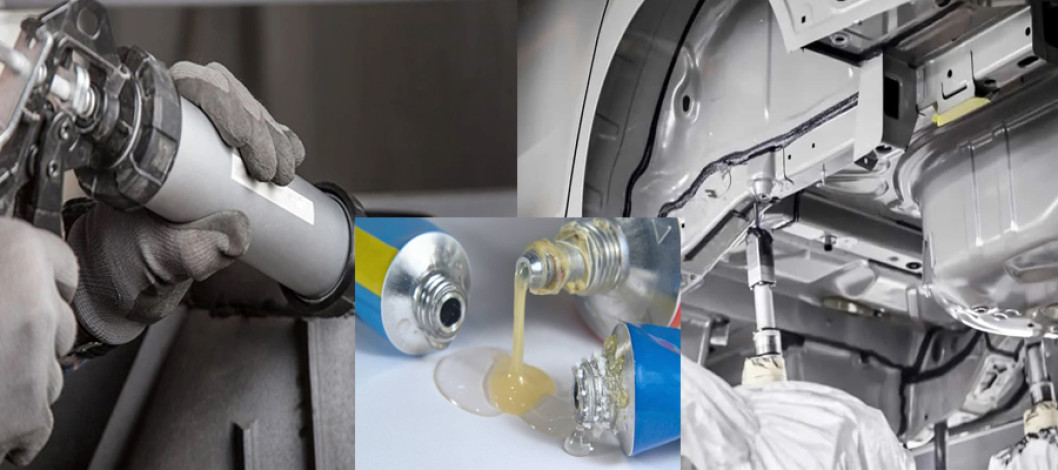
What is High Temperature Glue?
High-temperature glue, often referred to as heat-resistant adhesive or high-temperature adhesive, is a type of adhesive that is designed to withstand elevated temperatures without losing its bonding properties or breaking down. These glues are formulated to maintain their strength, flexibility, and adhesion capabilities even when exposed to high temperatures, typically in the range of 300 degrees Fahrenheit (149 degrees Celsius) or more.
When choosing a high-temperature glue, it's important to consider the specific temperature range it can tolerate, as well as the bonding material and the intended application. Different formulations may be better suited to different situations, so selecting the right adhesive for your needs is crucial to ensure a durable and reliable bond under high-temperature conditions.
How does High-Temperature Resistant Glue Work?
High-temperature-resistant glue works by using specialized formulations and chemical properties to maintain its strength, flexibility, and adhesion capabilities at elevated temperatures. The exact mechanisms can vary depending on the type of adhesive, but here are some common ways in which high-temperature resistant glue works:
Thermosetting Polymers:
Many high-temperature-resistant adhesives are based on thermosetting polymers. These polymers undergo a chemical change when exposed to heat, which causes them to cross-link and harden. Once the adhesive has cured and undergone this chemical transformation, it becomes more stable and heat-resistant. The curing process typically involves the application of heat, which can be done during the manufacturing process or when the adhesive is used.
Silicone-Based Formulations:
Silicone adhesives are known for their exceptional heat resistance. They work by maintaining their flexibility and stability even at high temperatures. Silicone molecules have a unique structure that allows them to withstand thermal stress without breaking down. They can also maintain their elasticity over a wide temperature range.
Epoxy Resins:
Epoxy adhesives often use a two-part system where a resin and hardener are mixed together before application. The chemical reaction between these two components, known as curing or polymerization, is initiated by heat or a catalyst. This reaction forms a strong and heat-resistant bond. Epoxy resins can be formulated to withstand high temperatures by using heat-resistant additives and carefully controlling the curing process.
Cyanoacrylate (Super Glue):
Heat-resistant cyanoacrylate adhesives are designed to maintain their bond strength even at elevated temperatures. They work through a process called anionic polymerization. When the adhesive comes into contact with moisture on the surfaces to be bonded, it rapidly polymerizes and forms a strong bond. Some specialized cyanoacrylates can withstand temperatures up to 250°C (482°F).
Polyurethane Adhesives:
Polyurethane adhesives are known for their flexibility and resistance to heat, chemicals, and moisture. They typically cured by a moisture-triggered process, and the resulting bonds can remain stable even at high temperatures. See details.
Source: Online/NAN
Comment Now